Table of content
Zongzi, a traditional Chinese rice dumpling wrapped in bamboo leaves, is a culinary masterpiece celebrated during festivals like the Dragon Boat Festival. While the filling and wrapping techniques often steal the spotlight, the foundation of a exceptional zongzi lies in the preparation of its star ingredient: glutinous rice. The process of soaking rice before cooking is not merely a preliminary step—it is a critical determinant of the dumpling’s texture, aroma, and overall success. This article delves into the science and craftsmanship behind soaking rice for zongzi, exploring the optimal duration, variables influencing this timeline, and expert tips to elevate your homemade zongzi to gourmet standards.
The Role of Soaking in Zongzi Preparation
Glutinous rice, also known as sticky rice or nuo mi, is the backbone of zongzi. Unlike long-grain rice, glutinous rice contains high levels of amylopectin, a starch molecule that contributes to its characteristic stickiness when cooked. However, raw glutinous rice grains are dense and resistant to water absorption. Soaking serves two primary purposes:
- Hydration: Soaking allows the rice grains to absorb moisture uniformly, ensuring even cooking and a plump, tender texture.
- Starch Gelatinization: Proper hydration initiates the gelatinization process, where starch molecules swell and soften, leading to the coveted sticky consistency.
Undercooked rice results in a gritty, hard texture, while overcooked rice becomes mushy and loses its shape. Achieving the perfect balance hinges on mastering the soaking time.
Factors Influencing Soaking Duration
The ideal soaking time for zongzi rice is not a one-size-fits-all answer. Several variables interact to determine the optimal duration, including:
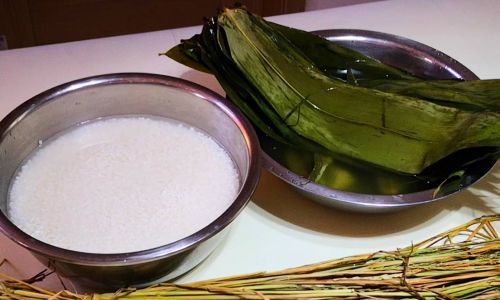
Rice Variety and Age
- Freshness: Newly harvested glutinous rice requires shorter soaking times (3–4 hours) compared to aged rice, which may need 5–6 hours. Aged rice has dried further, making it tougher and slower to absorb water.
- Grain Size: Finer grains, such as Thai sticky rice, absorb water faster than larger, plumper varieties like Japanese mochi rice.
Water Temperature
- Cold Water Soaking: The traditional method involves submerging rice in cold water for 4–12 hours. This slow process preserves the rice’s natural flavor and prevents over-softening.
- Warm Water Soaking: Soaking in lukewarm water (around 30–40°C/86–104°F) accelerates hydration, reducing the time to 2–4 hours. However, excess heat may compromise texture by breaking down starch molecules prematurely.
Altitude and Climate
- High Altitudes: At elevations above 1,000 meters (3,280 feet), lower atmospheric pressure reduces water’s boiling point, potentially affecting cooking times. Soaking times may need slight adjustments to compensate.
- Humidity: In dry climates, rice may absorb water faster due to lower ambient moisture, while humid environments could slow the process.
Desired Texture
- Chewy Texture: For a firm, al dente bite, soak rice for 4–5 hours.
- Soft and Melt-in-the-Mouth Texture: Extend soaking to 6–8 hours or overnight for a softer result.
Step-by-Step Guide to Soaking Zongzi Rice
Rice Selection and Measurement
- Use high-quality glutinous rice free of debris or broken grains.
- Measure rice using a 1:1.2 rice-to-water ratio by volume (e.g., 1 cup rice to 1.2 cups water).
Rinsing
- Rinse rice under cold water 2–3 times to remove excess starch. Avoid over-rinsing, as this may strip essential nutrients and flavor compounds.
Soaking Process
- Cold Water Method:
- Submerge rice in a bowl of cold water.
- Cover and refrigerate to prevent fermentation (especially in warm climates).
- Soak for 4–12 hours, depending on desired texture.
- Warm Water Method:
- Heat water to 30–40°C (86–104°F) and pour over rice.
- Stir gently, then cover and let sit for 2–4 hours.
Draining and Resting
- After soaking, drain rice using a fine-mesh sieve.
- Allow rice to rest for 15–30 minutes to redistribute moisture evenly.
Common Mistakes to Avoid
- Insufficient Soaking:
Under-soaked rice results in uneven cooking and a hard center.
- Over-Soaking:
Prolonged soaking (beyond 12 hours) may ferment rice, causing a sour taste or mushy texture.
- Using Hot Water:
Boiling water denatures proteins and starch, leading to a gummy consistency.
- Ignoring Rice Quality:
Old or improperly stored rice may require longer soaking or yield subpar results.
The Science Behind Soaking: Starch and Water Interaction
Glutinous rice starch comprises two molecules: amylose and amylopectin. During soaking, water penetrates the rice grains, dissolving amylose and swelling amylopectin. This process, known as starch gelatinization, occurs in three stages:
- Reversible Swelling: Water molecules infiltrate the starch granules, causing them to swell slightly.
- Irreversible Gelatinization: Prolonged soaking breaks down the crystalline structure of starch, making it soluble.
- Leaching: Some starch molecules escape into the soaking water, thickening it slightly.
Proper soaking ensures that 80–90% of starch gelatinization occurs before cooking, reducing the risk of undercooked grains.
How Soaking Time Affects Cooking Time and Texture
- Short Soaking (2–4 hours):
- Rice retains a firmer texture, ideal for zongzi with chunky fillings like meat or mushrooms.
- Cooking time: 1.5–2 hours.
- Moderate Soaking (4–6 hours):
- Balanced texture, suitable for most fillings.
- Cooking time: 1–1.5 hours.
- Extended Soaking (8–12 hours):
- Ultra-soft rice, perfect for sweet zongzi with red bean paste or jujube.
- Cooking time: 45–60 minutes.
Regional Variations in Soaking Practices
China’s diverse culinary landscape has given rise to regional soaking traditions:
- Southern China (Guangdong, Fujian):
Overnight soaking in cold water is preferred for its ability to yield a silky texture.
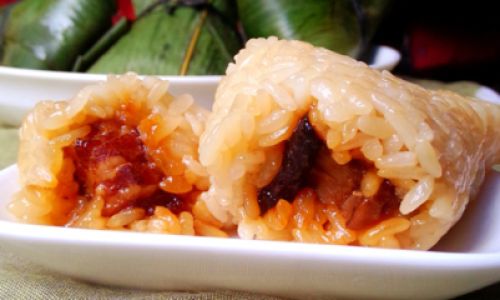
- Northern China (Beijing, Shaanxi):
Shorter soaking times (4–6 hours) are common, paired with longer steaming to develop a chewier bite.
- Southeast Asia (Malaysia, Singapore):
Cooks often use a mix of glutinous and jasmine rice, soaked for 3–5 hours to balance stickiness and fragrance.
Advanced Tips for Perfect Zongzi Rice
- Add Aromatics:
Infuse soaking water with pandan leaves, lemongrass, or cinnamon sticks for subtle flavor.
- Test Readiness:
Press a grain between your fingers—it should mash easily but retain a slight core resistance.
- Adjust for Fillings:
- Oily fillings (e.g., pork belly) benefit from shorter soaking to prevent sogginess.
- Sweet fillings require longer soaking to absorb moisture.
- Use a Timer:
Overnight soaking should not exceed 12 hours to avoid spoilage.
Troubleshooting Soaking Issues
| Issue | Cause | Solution |
|---|---|---|
| Rice too hard | Insufficient soaking | Increase soaking time by 1–2 hours. |
| Rice mushy | Over-soaking or high water temp | Reduce soaking time; use cold water. |
| Uneven cooking | Inconsistent soaking | Stir rice occasionally during soaking. |
| Sour taste | Bacterial growth in warm water | Refrigerate during soaking. |
The Verdict: How Long Should You Soak Zongzi Rice?
The optimal soaking time for zongzi rice is 4–8 hours when using cold water, depending on the factors outlined above. For busy cooks, the warm water method offers a 2–4 hour alternative without sacrificing texture. However, traditionalists swear by overnight cold soaking for its unparalleled ability to unlock the rice’s natural sweetness and stickiness.
Conclusion: Elevating Zongzi Through Patience and Precision
Soaking rice for zongzi is an act of culinary alchemy—a blend of science, tradition, and intuition. While modern shortcuts exist, the time-honored practice of slow cold-water soaking remains the gold standard for achieving zongzi that is both tender and resilient, aromatic and comforting. By understanding the interplay of rice variety, temperature, and texture preferences, you can tailor your soaking regimen to create zongzi that honors heritage while delighting modern palates. Whether you prefer a chewy bite or a melt-in-the-mouth experience, mastering this foundational step will transform your zongzi from ordinary to extraordinary.
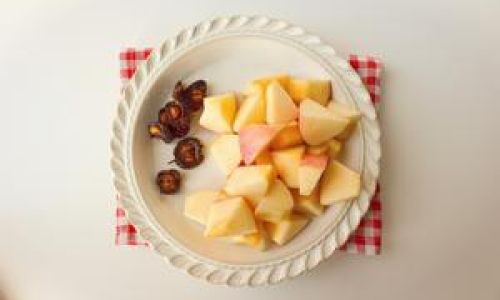
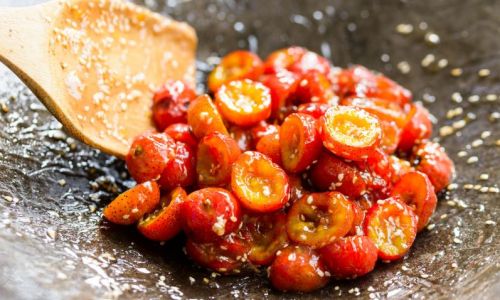
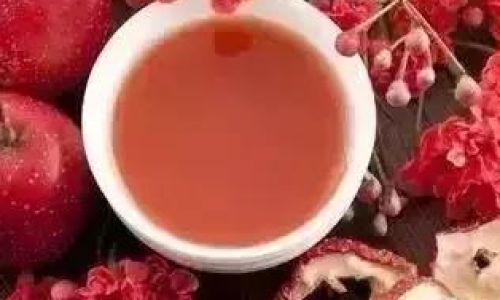
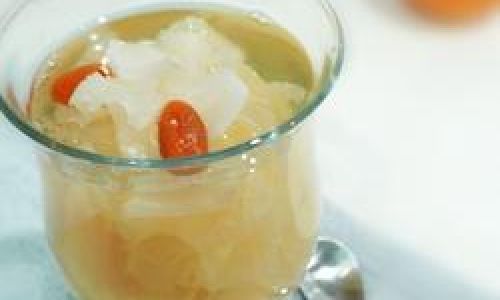
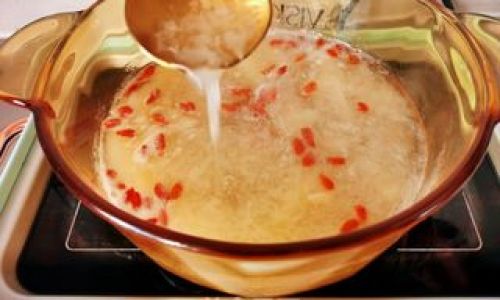
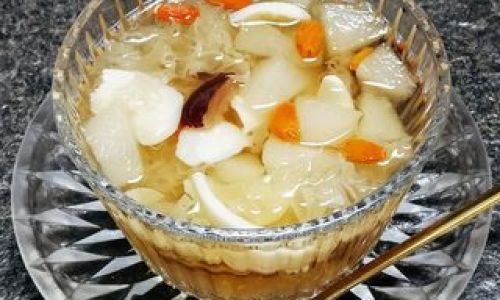
0 comments